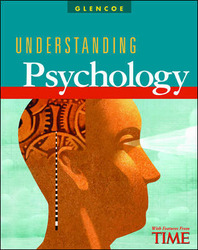
Understanding PsychologyChapter 18: Individual InteractionChapter OverviewsThe study of social psychology explores how our thoughts, feelings, perceptions, and behaviors are influenced by our interaction with others. People need social contact, and Chapter 18 is about the choices people make when they try to satisfy their desire for contact with others. Section 1 reviews interpersonal attraction and explains that people choose friends for reasons such as proximity, reward values, physical appearance, approval, similarity, and complementarity. The rewards we receive from friendships have stimulation value, utility value, and ego-support value. Section 2 is about social perceptions—he judgments we make to explain the behavior of others. This section describes first impressions and how we use them to categorize others. We use schemas to explain others' past behavior and predict their future behavior. A stereotype is an exaggerated set of assumptions about an identifiable group of people. Attribution theory analyzes the ways in which we try to explain behavior by identifying what caused it. The different ways in which we make attributions are discussed here. The section concludes with a description of the ways in which people use nonverbal communication. Section 3 explores our personal relationships, including parent-child relationships and love and marriage. This section discusses several ways in which the parent-child relationship influences the relationships a child later develops. Sources of parent-child conflict can include generation differences, changing relationships, expectations, and power struggles. There are two common types of love—passionate and companionate. This section details research on love, the characteristics of healthy marriages, and the effects of divorce. |  |















